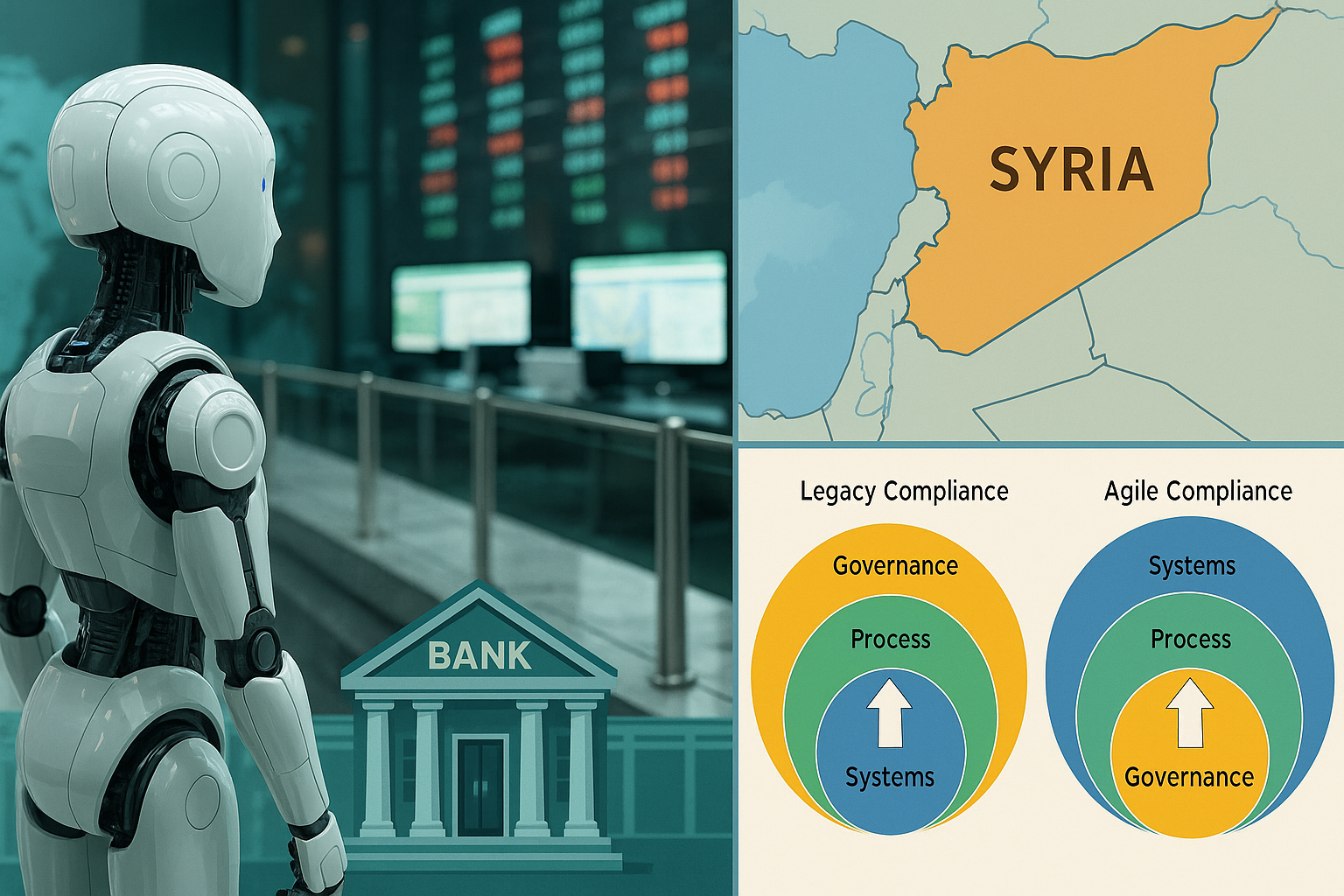Verifiable Credentials: The Next Chapter in Identity

In the rapidly evolving landscape of digital identity, the concept of Self-Sovereign Identity (SSI) has emerged as a groundbreaking solution. As explored in Amberoon's previous blog on SSI, this technology promises to revolutionize the way we manage and verify our identities. However, the journey doesn't end with SSI; the next frontier lies in verifiable credentials (VC).
Identity and Credential
Though related, identity and credential are different things. Identity of an entity (person or object) is a way of uniquely identifying the entity within a set of entities. For example, the employee ID of a person identifies them uniquely within their place of employment, and the license plate number of a car uniquely identifies it within a state. However, neither of these uniquely identify the entity in a larger context, and other forms of ID are needed, e.g. SSN is a unique way to identify a person in the US, and a VIN is a unique way to identify a car in the world.
A credential establishes the fact that an entity (person or object) has a certain capability. For example, a valid driver’s license establishes the fact that a person is qualified to drive, while an inspection report in a restaurant certifies that it is safe to eat there.
Establishing Identity and Credential
Identity establishment is the process of attaching a unique identifier (identity) to an entity (person or object). Attaching a unique identifier to an entity is made hard due to the fact that people can lie, and claim to be someone other than who they are, or claim an object to be something other than it is; especially if they have fraudulent intentions in mind. Thus, identity establishment becomes the process of verifying that the entity (person or object) is indeed who the entity is claimed to be.
Credential establishment is the process of verifying that an entity (person or object) indeed has the capability that is being claimed for the entity. For example, is the driver’s license of a person real, is the restaurant indeed safe to eat; or are the credentials fudged, either of which can pose a risk.
Soul Bound Tokens vs. Biometrics as a Person’s Identity
Soul Bound Tokens (SBT) were first introduced in a game called World of Witchcraft as rare items that once picked by a player were forver bound to their soul, and thus could not be transferred to another player. This makes SBTs as a way to assign a person a unique and immutable identity, which cannot be transferred to another, being permanently bound to them. NFTs can be considered an instatintiation of this concept, which ties a creative work of an author to them forever.
SBTs and NFTs are novel concepts, which although very powerful for identity establishment, are a novelty for the society, and thus very niche. A far more pervasive thing across all persons are their biometric features, e.g. fingerprints, iris image, DNA, etc. Collectively, these features are an extremely powerful way to create a biometrics-based identity for a person. This is precisely what the Aadhaar system of India has done.
Understanding Verifiable Credentials
Verifiable credentials are the digital equivalent of physical credentials like passports, driver's licenses, and educational certificates. These digital credentials are cryptographically secured and can be independently verified by any third party. The key advantages of verifiable credentials include enhanced security, privacy, and convenience.
The Role of Trust
In any system of identity verification, trust is paramount. Verifiable credentials are designed to establish and maintain trust in a digital ecosystem. They do so by enabling the issuer to digitally sign a credential, the holder to present it, and the verifier to check its authenticity. This process is underpinned by decentralized identifiers (DIDs) and blockchain technology, ensuring that the credentials are tamper-proof and verifiable without relying on a central authority.
Use Cases: Low-Stakes, Medium-Stakes, and High-Stakes
The potential applications of verifiable credentials span a wide range of scenarios, from low-stakes to high-stakes use cases:
Low-Stakes Use Cases
Loyalty Programs: Retailers can issue digital loyalty cards to customers, allowing them to earn and redeem points seamlessly. This improves customer engagement and provides a frictionless shopping experience.
Event Access: Organizers can issue digital tickets for concerts, sports events, and conferences. These tickets can be easily verified at entry points, reducing the risk of counterfeit tickets.
Medium-Stakes Use Cases
Educational Certifications: Universities can issue digital diplomas and certificates that employers can easily verify. This reduces the risk of credential fraud and streamlines the hiring process.
Professional Licenses: Regulatory bodies can issue digital licenses to professionals such as doctors, lawyers, and engineers. These licenses can be verified by employers and clients, ensuring that only qualified individuals provide services.
High-Stakes Use Cases
Healthcare Records: Patients can hold and share their medical records securely, ensuring that only authorized personnel can access sensitive information. This enhances patient privacy and improves healthcare delivery.
Travel Documentation: Digital passports and visas can streamline the process of identity verification at borders, making travel more efficient and secure. This reduces the risk of identity theft and improves national security.
Financial Transactions: Banks can use verifiable credentials for KYC (Know Your Customer) processes, reducing the risk of identity theft and fraud. This enhances the security of financial transactions and compliance with regulatory requirements.
Successful Implementations Around the World
Verifiable credentials are not just a theoretical concept; they have been successfully implemented in various countries, demonstrating their practical benefits and transformative potential:
India: The Aadhaar system, one of the world's largest biometric identification systems, has integrated verifiable credentials to enhance its digital identity framework. This integration allows citizens to access government services securely and efficiently, reducing fraud and ensuring that benefits reach the rightful recipients. It is the foundation upon which the entire India Stack is built, which in turn provides financial inclusion via the universal payment interface (UPI), critical records management like land and property records, educational and other credentials management, and health records management.
Brazil: In Brazil, the National Health Data Network (RNDS) has adopted verifiable credentials to manage and share health data. This implementation ensures that medical records are securely accessible to authorized healthcare providers, improving patient care and streamlining health services across the country.
Sweden: Sweden's BankID, a widely used electronic identification system, incorporates verifiable credentials for secure online authentication and transactions. This system allows users to sign documents, access e-services, and make secure financial transactions, significantly enhancing the security and convenience of digital interactions.
United States: The REAL ID Act has been implemented to enhance the reliability and accuracy of state-issued identification documents. REAL ID-compliant driver's licenses and identification cards are now required for certain federal purposes, including boarding commercial aircraft and entering federal buildings. This initiative lays the groundwork for integrating verifiable credentials, ensuring a higher level of security and trust in identity verification processes.
How REAL ID Lays the Foundation for Verifiable Credentials
The implementation of the REAL ID Act in the United States is a significant step towards the broader adoption of verifiable credentials. Here’s how REAL ID sets the stage:
Standardization of Identity Proofing: REAL ID establishes strict standards for issuing state identification documents. This standardization ensures a high level of trust and reliability, which is essential for the broader adoption of digital, verifiable credentials.
Enhanced Security Measures: REAL ID-compliant documents incorporate advanced security features that reduce the risk of counterfeiting and fraud. This focus on security can be mirrored in digital verifiable credentials, providing a robust framework for secure identity verification.
Interoperability and Recognition: REAL ID-compliant documents are recognized across federal agencies and in multiple states, promoting interoperability. Similarly, verifiable credentials benefit from a universally accepted standard, allowing for seamless verification across different systems and jurisdictions.
Public Awareness and Trust: The widespread implementation of REAL ID has increased public awareness about the importance of secure and reliable identification. This awareness is a critical component in gaining public trust and acceptance of new digital identity solutions like verifiable credentials.
The Path Forward
As we embrace verifiable credentials, several challenges and considerations must be addressed:
Interoperability: Ensuring that verifiable credentials are compatible across different systems and platforms is crucial for widespread adoption.
Privacy: Balancing the need for verification with the right to privacy is a delicate task. Solutions must be designed to protect user data.
Regulation: Governments and regulatory bodies need to establish clear guidelines and standards to govern the use of verifiable credentials.
User Experience: For verifiable credentials to gain traction, the process of issuing, holding, and verifying them must be user-friendly and accessible.
Conclusion
Verifiable credentials represent a significant step forward in the digital identity space, building on the foundations laid by SSI and initiatives like REAL ID. By fostering trust and enabling secure, private, and convenient identity verification, they have the potential to transform numerous sectors and enhance our digital lives. As we move forward, collaboration between technologists, regulators, and end-users will be key to realizing the full potential of this promising technology.
For the latest updates and advancements in the realm of digital identity and verifiable credentials, be sure to keep an eye on our blog for more valuable insights.
__________________________________________________________________________________________
Dr. Jaideep Srivastava is Chief Scientist at Amberoon and an advisor for Aadhaar, India’s biometric ID system for 1.4 billion people. His expertise spans identity management and AI/ML, with over 490 published papers, 32,000 citations, and multiple patents, reflecting extensive experience in both academia and industry.
Posts by Tag
- big data (41)
- advanced analytics (38)
- business perspective solutions (30)
- predictive analytics (25)
- business insights (24)
- data analytics infrastructure (17)
- analytics (16)
- banking (15)
- fintech (15)
- regulatory compliance (15)
- risk management (15)
- regtech (13)
- machine learning (12)
- quantitative analytics (12)
- BI (11)
- big data visualization presentation (11)
- community banking (11)
- AML (10)
- social media (10)
- AML/BSA (9)
- Big Data Prescriptions (9)
- analytics as a service (9)
- banking regulation (9)
- data scientist (9)
- social media marketing (9)
- Comminity Banks (8)
- financial risk (8)
- innovation (8)
- marketing (8)
- regulation (8)
- Digital ID-Proofing (7)
- data analytics (7)
- money laundering (7)
- AI (6)
- AI led digital banking (6)
- AML/BSA/CTF (6)
- Big Data practicioner (6)
- CIO (6)
- Performance Management (6)
- agile compliance (6)
- banking performance (6)
- digital banking (6)
- visualization (6)
- AML/BSA/CFT (5)
- KYC (5)
- data-as-a-service (5)
- email marketing (5)
- industrial big data (5)
- risk manangement (5)
- self-sovereign identity (5)
- verifiable credential (5)
- Hadoop (4)
- KPI (4)
- MoSoLoCo (4)
- NoSQL (4)
- buying cycle (4)
- identity (4)
- instrumentation (4)
- manatoko (4)
- mathematical models (4)
- sales (4)
- 2015 (3)
- bitcoin (3)
- blockchain (3)
- core banking (3)
- customer analyitcs (3)
- direct marketing (3)
- model validation (3)
- risk managemen (3)
- wearable computing (3)
- zero-knowledge proof (3)
- zkp (3)
- Agile (2)
- Cloud Banking (2)
- FFIEC (2)
- Internet of Things (2)
- IoT (2)
- PPP (2)
- PreReview (2)
- SaaS (2)
- Sales 2.0 (2)
- The Cloud is the Bank (2)
- Wal-Mart (2)
- data sprawl (2)
- digital marketing (2)
- disruptive technologies (2)
- email conversions (2)
- mobile marketing (2)
- new data types (2)
- privacy (2)
- risk (2)
- virtual currency (2)
- 2014 (1)
- 2025 (1)
- 3D printing (1)
- AMLA2020 (1)
- BOI (1)
- DAAS (1)
- Do you Hadoop (1)
- FinCEN_BOI (1)
- Goldman Sachs (1)
- HealthKit (1)
- Joseph Schumpeter (1)
- Manatoko_boir (1)
- NationalPriorites (1)
- PaaS (1)
- Sand Hill IoT 50 (1)
- Spark (1)
- agentic ai (1)
- apple healthcare (1)
- beneficial_owener (1)
- bsa (1)
- cancer immunotherapy (1)
- ccpa (1)
- currency (1)
- erc (1)
- fincen (1)
- fraud (1)
- health app (1)
- healthcare analytics (1)
- modelling (1)
- occam's razor (1)
- outlook (1)
- paycheck protection (1)
- personal computer (1)
- sandbox (1)
Recent Posts
Popular Posts
Here is a funny AI story.
Every community bank CEO now faces unprecedented...
On May 13, 2025, the U.S. government announced...



